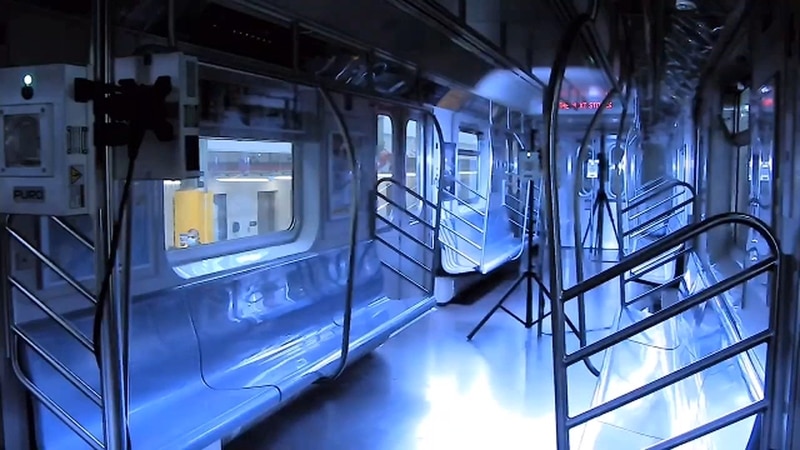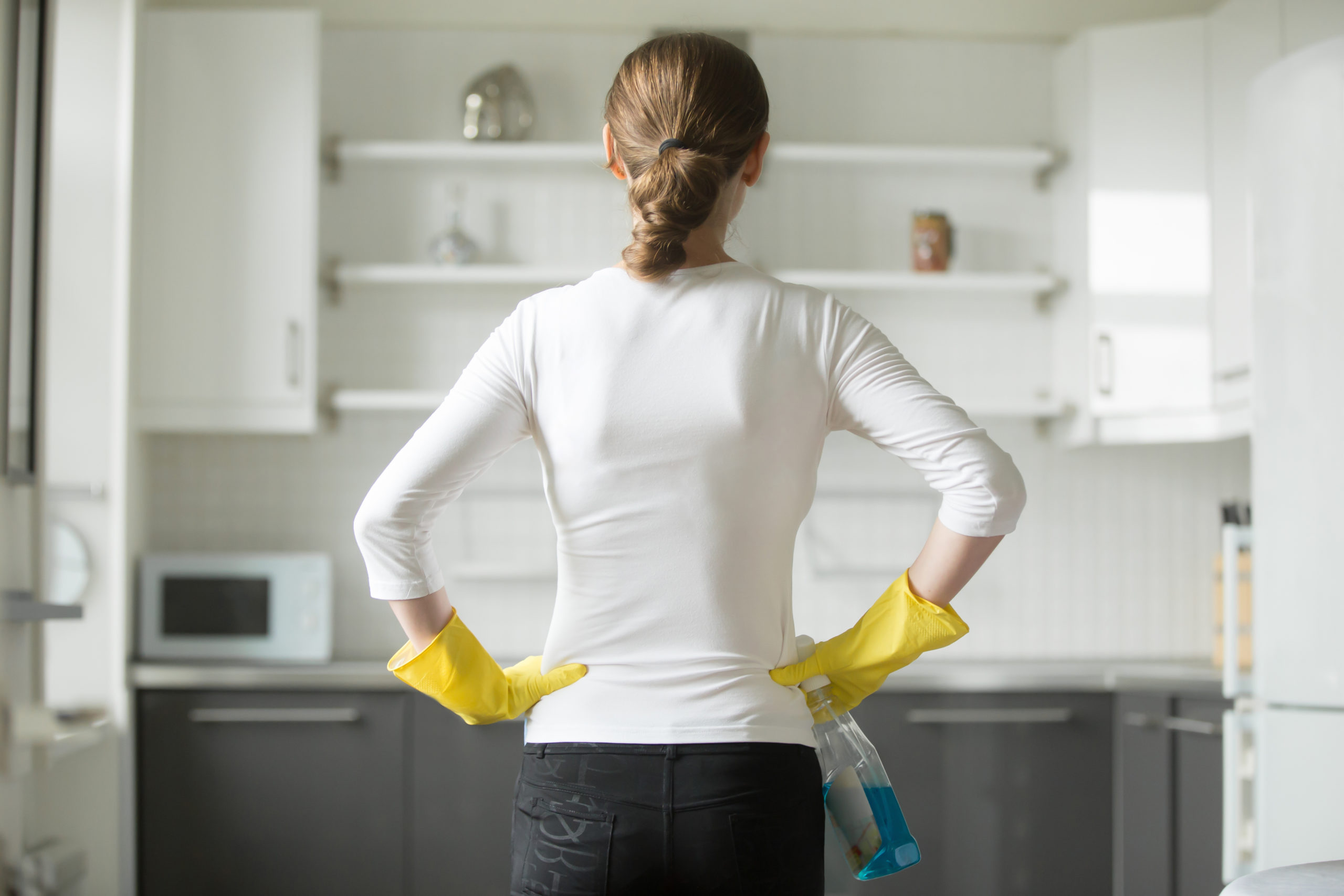Maintaining cleanliness in high-traffic public spaces is essential for ensuring the health and safety of all who pass through. From shopping centers to schools and offices, these areas are prone to rapid accumulation of dirt, bacteria, and viruses. Proper cleaning and disinfection routines are not only necessary for maintaining appearances but also for reducing the risk of infection in high-traffic environments.
This article outlines the best practices for cleaning and disinfecting public spaces, helping facility managers and businesses to ensure they are following effective, safe, and sustainable cleaning protocols.
1. Understanding High-Traffic Spaces
High-traffic public spaces are environments that experience frequent and continuous use by large numbers of people. This can include:
1️⃣ Retail stores: Shopping malls, supermarkets, and boutique stores.
2️⃣ Transportation hubs: Airports, train stations, and bus terminals.
3️⃣ Offices: Corporate environments with high employee turnover and customer visits.
4️⃣ Healthcare facilities: Hospitals, clinics, and pharmacies.
5️⃣ Educational institutions: Schools, universities, and libraries.
In these spaces, cleaning alone is not enough. It’s crucial to combine routine cleaning with frequent disinfection to eliminate pathogens and maintain a safe environment. 💼
2. Cleaning vs. Disinfection: What’s the Difference?
It’s important to distinguish between cleaning and disinfection, as they serve different purposes in maintaining hygiene.
- Cleaning: The removal of visible dirt, debris, and grime from surfaces. This process does not kill germs but can lower their numbers by removing them from surfaces.
- Disinfection: The use of chemicals to kill pathogens on surfaces. Disinfection eliminates viruses, bacteria, and fungi, preventing their spread.
For high-traffic spaces, a combination of both processes is essential to ensure maximum hygiene. Routine cleaning reduces dirt build-up, while frequent disinfection neutralizes harmful microorganisms. 🧼
3. Best Practices for Cleaning High-Traffic Areas
To keep public spaces clean and safe, here are some key steps to follow:
➤ Develop a regular cleaning schedule: High-traffic areas require daily and sometimes hourly cleaning, depending on footfall. For example, entrances and hallways should be cleaned more frequently.
➤ Use appropriate cleaning agents: For routine cleaning, use eco-friendly cleaning products that effectively remove dirt and grime without causing harm to the environment or indoor air quality.
➤ Train your cleaning staff: Ensure that all cleaning personnel are trained in proper cleaning protocols. This includes knowing how to use equipment and products safely and efficiently.
➤ Monitor high-touch surfaces: Pay special attention to frequently touched areas such as door handles, elevator buttons, and countertops. These surfaces should be cleaned and disinfected several times a day.

4. Best Practices for Disinfection
Once a space is clean, it’s time to disinfect. Here are key disinfection practices to follow:
1️⃣ Identify high-risk areas: Focus on surfaces and spaces that are frequently touched or where germs are most likely to spread, such as bathrooms, handrails, and public seating.
2️⃣ Use effective disinfectants: Choose disinfectants that are proven to kill a wide range of pathogens, including viruses, bacteria, and fungi. Look for products certified by health organizations such as the Environmental Protection Agency (EPA).
3️⃣ Allow proper dwell time: After applying disinfectant, ensure that the product remains on the surface for the recommended amount of time before wiping it off. This allows the disinfectant to kill the pathogens effectively.
4️⃣ Ventilate the space: After disinfecting, allow fresh air to circulate to reduce any lingering chemical fumes and maintain air quality. In areas with poor ventilation, consider using air purifiers.
5️⃣ Disinfect shared equipment: For spaces such as offices or gyms, it’s crucial to disinfect any shared equipment, like keyboards, exercise machines, or telephones, after every use.
5. The Role of Ozone in Public Space Disinfection
An innovative and eco-friendly method of disinfection in high-traffic spaces is ozone disinfection. Ozone (O₃) is a powerful oxidizing agent that neutralizes pathogens without leaving harmful chemical residues. It’s ideal for areas where chemical disinfectants might pose a health risk or damage surfaces. 🌍
Benefits of Ozone Disinfection:
- Environmentally friendly: Ozone breaks down into oxygen after use, leaving no trace of harmful chemicals.
- Effective: Kills a wide range of pathogens, including bacteria, viruses, and fungi.
- Safe for sensitive materials: Ozone can penetrate hard-to-reach areas, making it ideal for public spaces with complex infrastructure.
6. Creating a Cleaning and Disinfection Routine
Developing a consistent cleaning and disinfection routine is key to maintaining high-traffic spaces. Here’s a simple breakdown of what this could look like:
▸ Morning: Begin the day with a thorough cleaning of all surfaces. Focus on entrances, lobbies, and other high-footfall areas.
▸ Mid-day disinfection: Use disinfectants on high-touch surfaces such as door handles, chairs, and countertops.
▸ End-of-day cleaning: Perform a final deep cleaning and disinfection of the entire space, ensuring everything is prepared for the next day.
In addition to daily routines, schedule deep cleanings on a weekly or monthly basis to tackle less frequently cleaned areas. 📅
7. Ensuring Employee and Public Safety
To protect both cleaning staff and the public, follow these safety guidelines during cleaning and disinfection:
1️⃣ Use PPE: Cleaning staff should always wear personal protective equipment (PPE) such as gloves, masks, and eye protection when using disinfectants.
2️⃣ Follow product instructions: Always use cleaning products as directed by the manufacturer to avoid accidents or ineffective cleaning.
3️⃣ Ensure proper ventilation: When using strong disinfectants, ventilate the area to prevent the buildup of harmful fumes.
4️⃣ Maintain clear communication: Inform employees and the public when cleaning and disinfection are taking place to avoid accidental exposure.
Conclusion
Maintaining the cleanliness and hygiene of high-traffic public spaces is essential for the health and safety of everyone who uses them. By following best practices for both cleaning and disinfection, facility managers can ensure that their spaces remain safe and inviting. To learn more about implementing eco-friendly disinfection solutions such as ozone, get a free quote here. 🌿
For further information on cleaning and disinfection protocols, check out these trusted resources:




